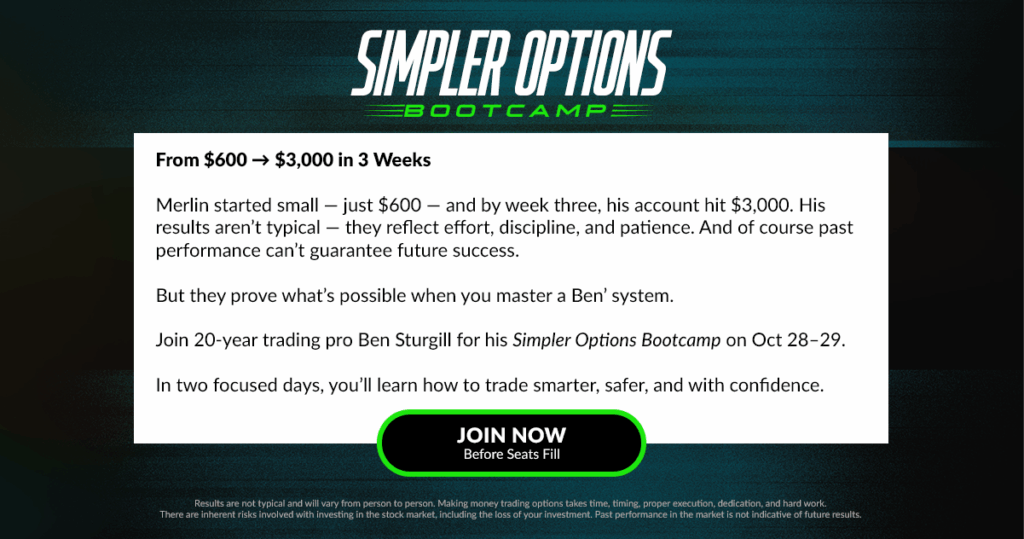Hey traders,
I’ll never forget the first time I watched a trade go from green…to nothing.
At first, I was up. The stock was running, and my P&L showed a nice $3,000 gain.
I felt like a genius.
You probably know the feeling, when the adrenaline kicks in and you start thinking, “This could go even higher!”
But then, just as fast as it climbed, it started to slip. The volume dried up, the move stalled, and before I could react, that $3K winner was gone.
I barely broke even.
I’ve been in that spot more times than I care to admit, and every time it happened, I told myself, “Never again.”
That’s when I realized: It’s not enough to find a good entry. Anyone can hit a lucky trade.
The real key is knowing how to protect profits once you’re in the green. That’s how you stay in the game and build consistency.
So I created strict rules, simple steps I follow every time I’m in a winning position.
These are the habits that helped me get ahead.
Step 1: Protect the Win
Once a trade is working, my job shifts. Now it’s all about defense.
Here’s what I do:
1. I scale out into strength.
If I’m up 10%–20% on a fast mover, I take some off the table. Not all of it — just enough to make sure I get paid. It’s never wrong to sell when the market’s giving.
2. I move my stop to breakeven.
Once I’m green, I don’t want to lose. So I tighten my stop. Worst case, I walk away even. Best case, I’m riding free shares with no stress and no risk.
3. I let the chart tell me what to do.
If volume drops, the trend cracks, or the move goes parabolic, I trim or I’m out. I’m not here to catch the exact top; I just want to walk away with cash in hand.
Some traders love to brag about nailing the top tic, but I’d rather be consistent.
You don’t go broke taking profits. You go broke waiting to take them.
Step 2: Manage Risk Like a Pro
Early on, I made another big mistake: I’d see two great setups…and take them both.
Sounds smart, right?
But here’s what I missed: They were in the same sector and had the same catalyst and risk profile.

When one went south…they all went south.
Now, I treat my trades like a portfolio instead of a bunch of random bets. Here’s how I handle it:
1. I limit total open risk.
Even if I’m risking 1%–2% per trade, I never let total risk go over 5% of my account. That means if I’ve got multiple positions, I size each one smaller.
2. I balance volatility.
If I’m already in a high-flyer, my next trade is something steadier. I don’t stack risky plays together. It keeps my account — and my emotions — stable.
3. I stagger my entries.
If two stocks have the same setup or catalyst, I pick one. You don’t need to chase everything. One clean setup done right is better than three sloppy ones.
4. I review risk daily.
Every day, I check my exposure. I ask: “What’s my total dollar risk? What happens if everything goes wrong?” If that answer makes me nervous, I cut size or close a trade.
What’s Next
These two habits — protecting profits and managing risk across trades — are what turned my trading from a gamble into a business.
But there’s still one more layer that brings it all together: psychology.
In my next post, I’ll show you how I stay focused when the market gets wild — how I control emotions during big wins and stay cool during tough losses.
Trading success isn’t just about entries and exits, it’s also about mindset.
Once you master that, everything changes.
Welcome to the game,
Jack Kellogg
